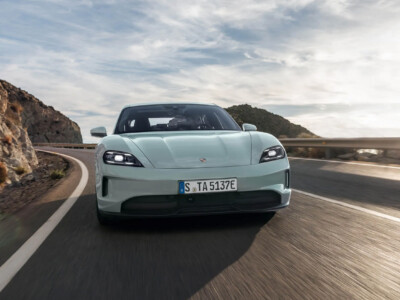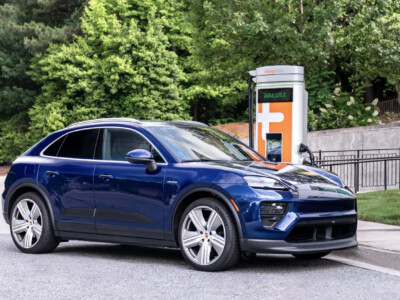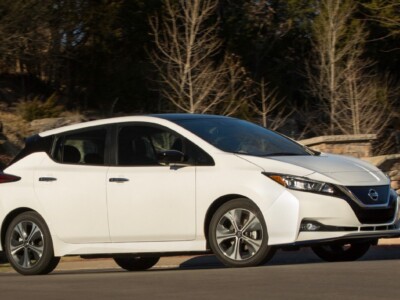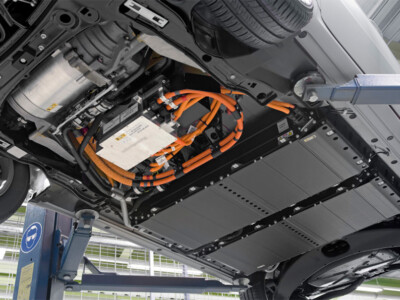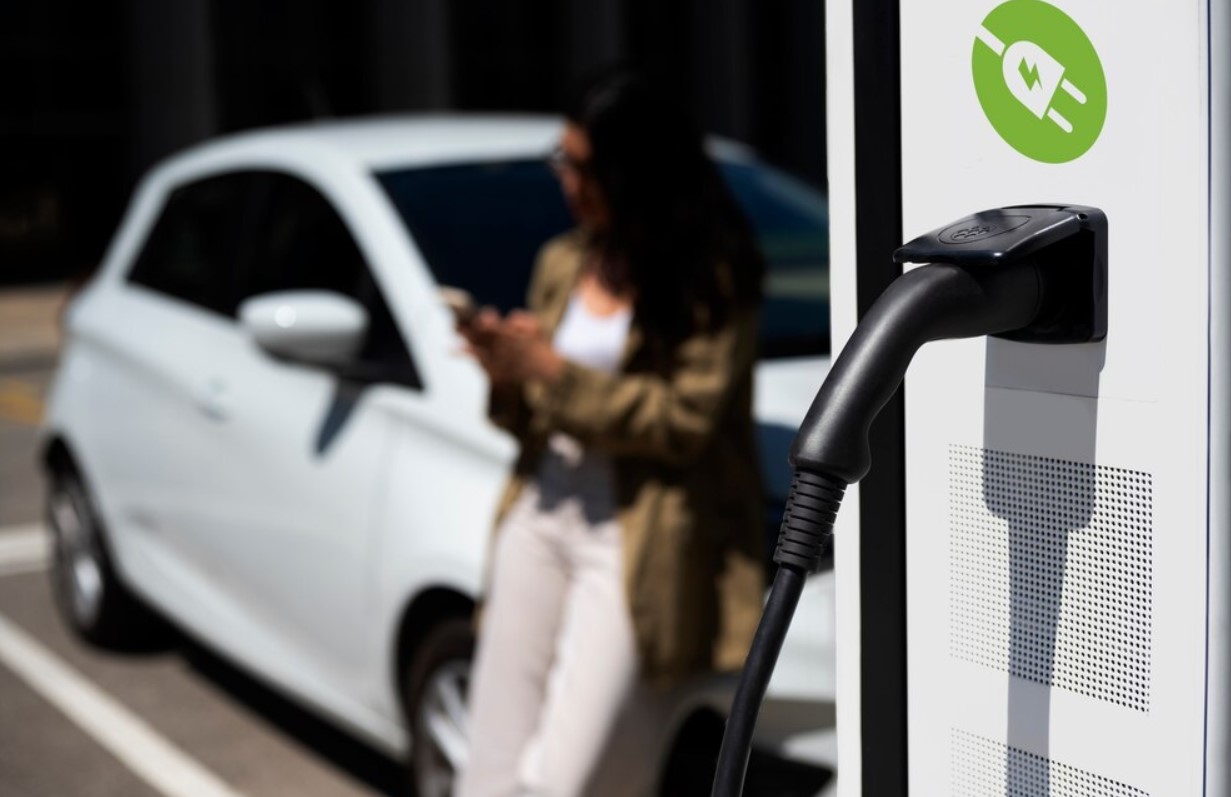

Interest in electric and hybrid vehicles in the Dominican Republic is in a notable growth phase, though the market is still considered nascent compared to other countries. The curiosity and demand from Dominican consumers are reflected in the annual searches, which reach approximately 53,880 on Google for terms related to these vehicles. The country has an estimated 600 electric units, a number that continues to rise, thus demonstrating the growing interest of the population in sustainable mobility alternatives.
Challenges in Electrification
One of the main challenges for owners of electric and hybrid vehicles in the Dominican Republic is the charging infrastructure, though efforts are being made to improve this situation. For example, the Banco Popular Dominicano has taken significant steps by installing its first photovoltaic charging station in Santo Domingo. This station, powered by solar energy, is just a sample of how financial institutions are beginning to support sustainable mobility. However, for broader adoption, the expansion of this infrastructure nationwide is crucial.
Globally, 2023 is shaping up to be a crucial year for the electric and hybrid vehicle industry, highlighting the need for more regulatory stability, realistic incentives, and the expansion of charging infrastructures. The growth in the sale of these vehicles suggests a positive shift in public perception and acceptance towards sustainable mobility, although significant challenges remain to achieve the decarbonization objectives for 2030 (Híbridos y Eléctricos).
Impetus towards Electrification
The adoption of electric and hybrid vehicles in the Dominican Republic can be benefited by several factors. Among them, regulatory support and European aid stand out as crucial elements that could significantly boost the sector. The photovoltaic initiative of the Banco Popular is an excellent example of how local companies are contributing to energy sustainability, reflecting the country’s potential to leverage renewable energies. These actions, along with the growing interest from the public, suggest a promising future for the electrification of transport in the Caribbean nation.
However, to fully realize this potential, several obstacles need to be overcome. Legislative uniformity and aid for purchasing sustainable vehicles are areas that require immediate attention. Additionally, the expansion and strengthening of the charging infrastructure are essential to support the growth of the electrified vehicle sector. The effective implementation of these measures will be crucial to promote electric mobility and achieve the country’s environmental objectives.
In conclusion, although the Dominican Republic is in the initial stages of its journey towards vehicle electrification, the interest and ongoing initiatives indicate a positive path towards the adoption of cleaner and more sustainable vehicles. With collaboration between the government, the private sector, and the community, the country is well-positioned to make a successful transition to greener mobility.


